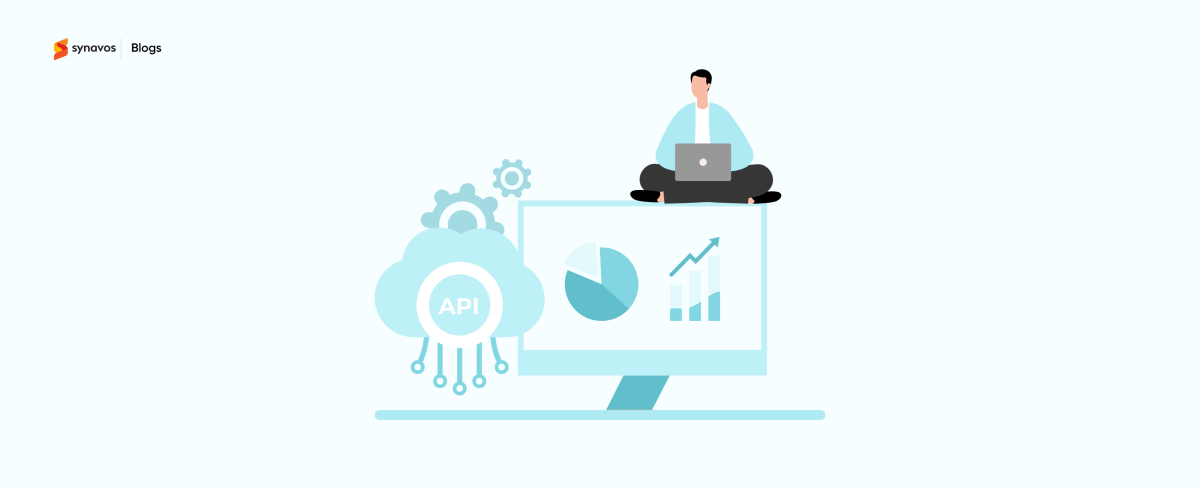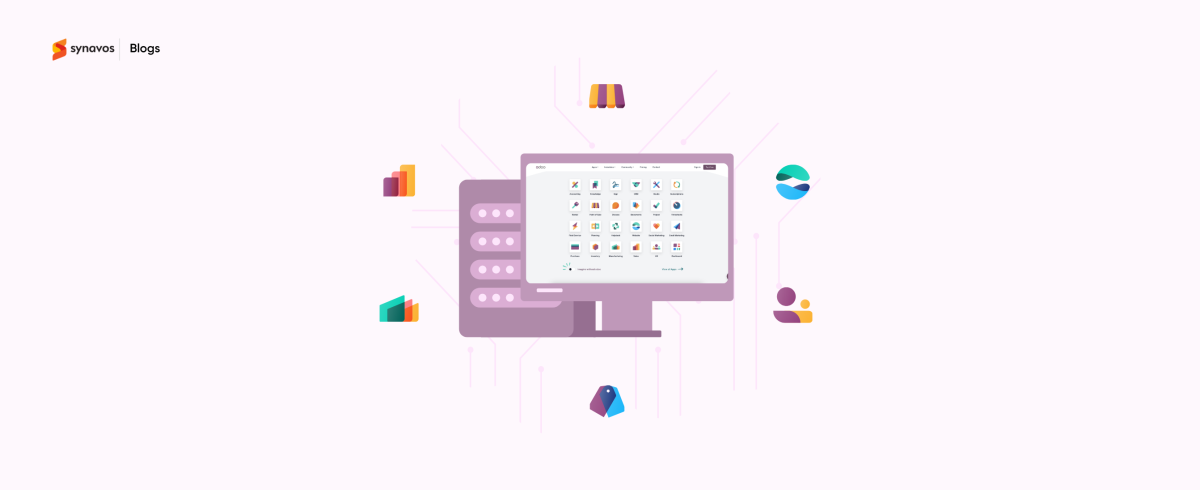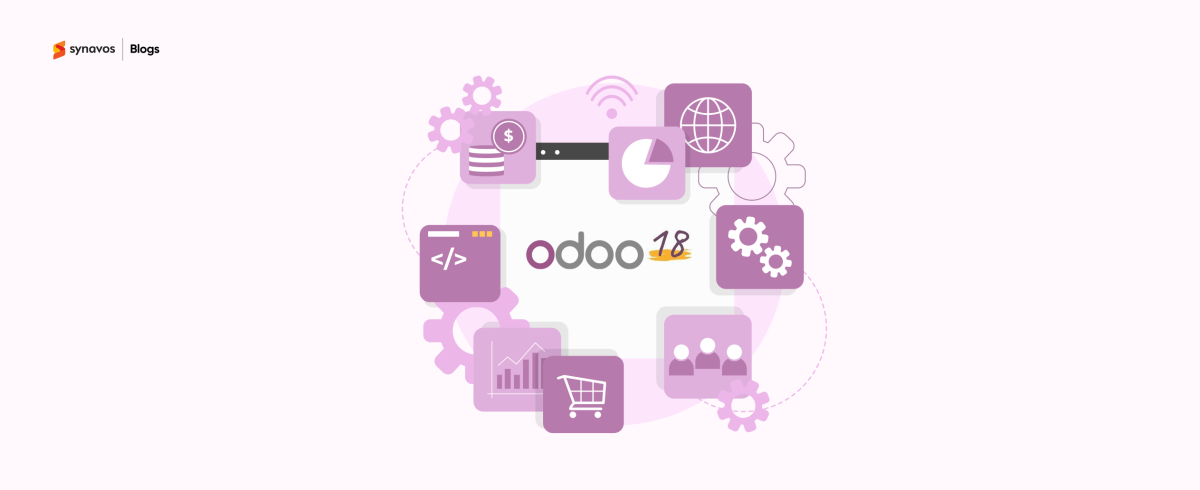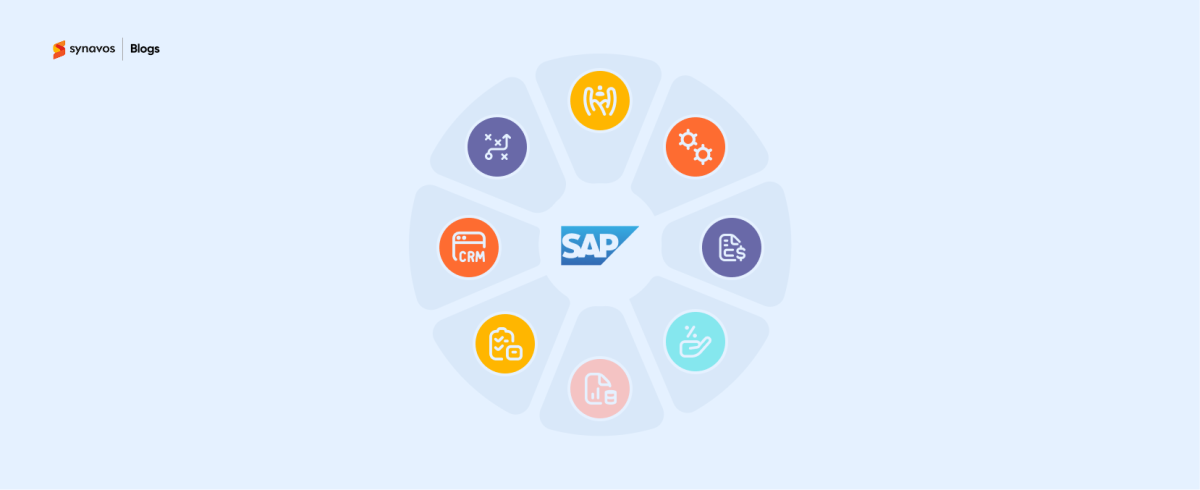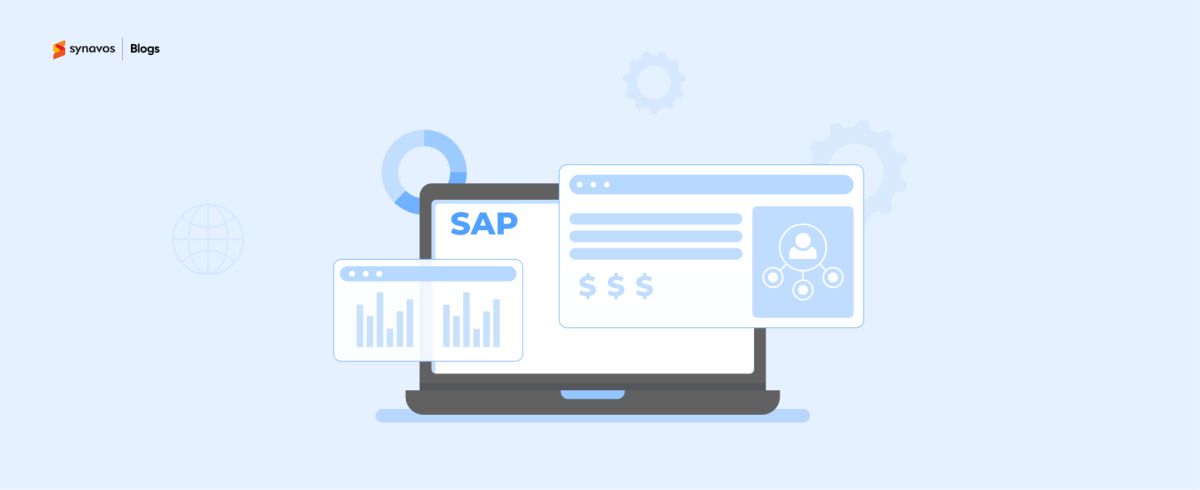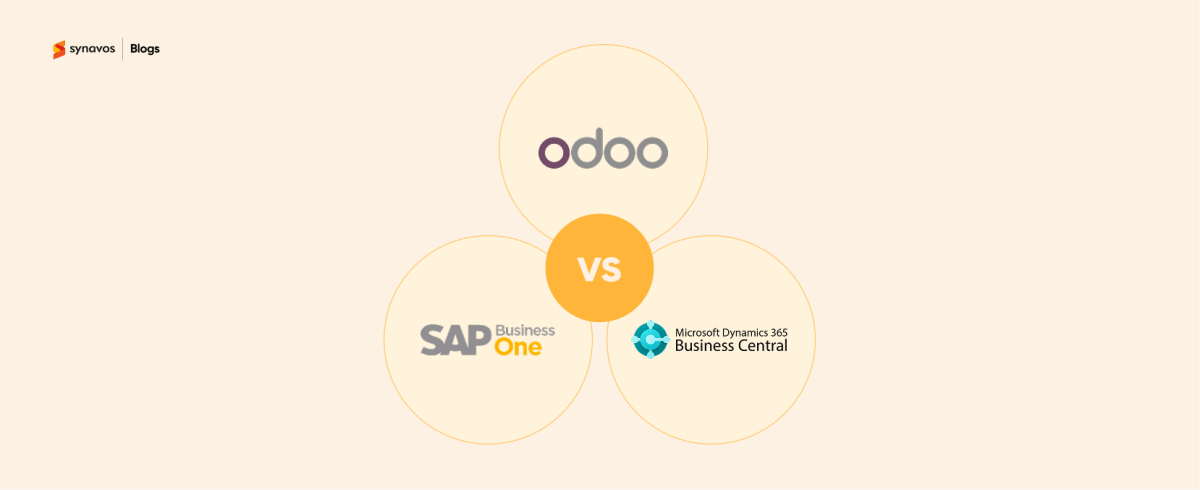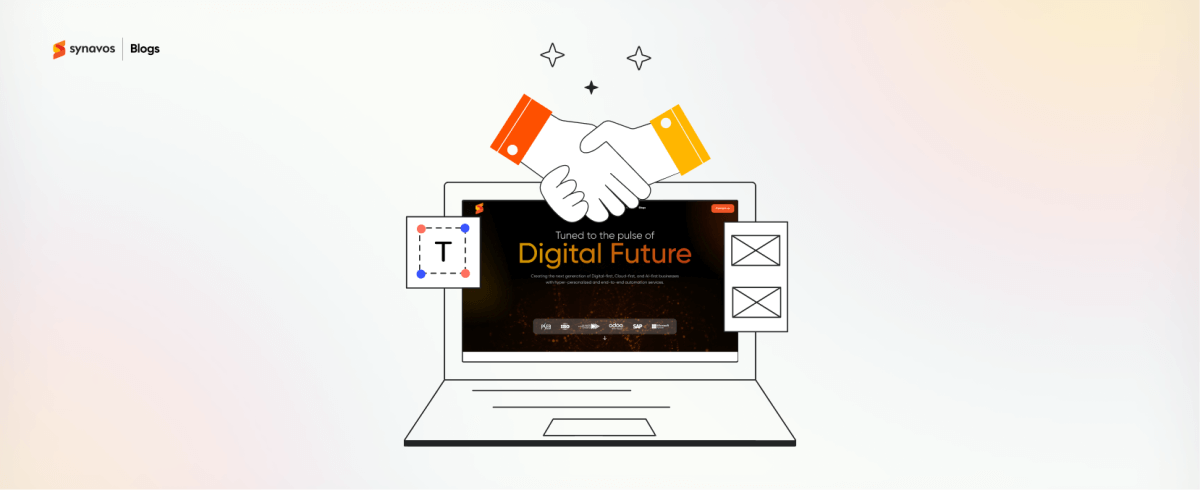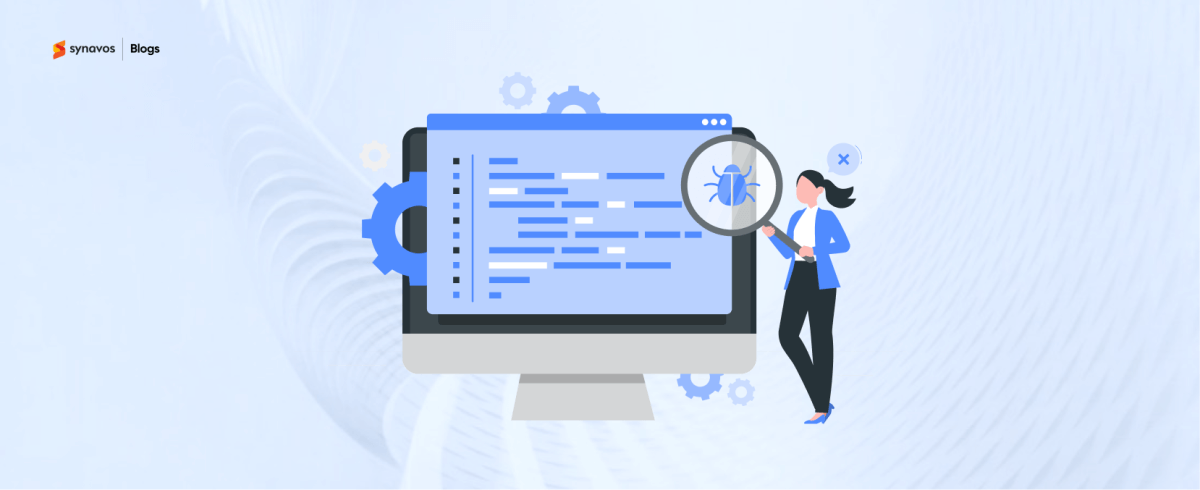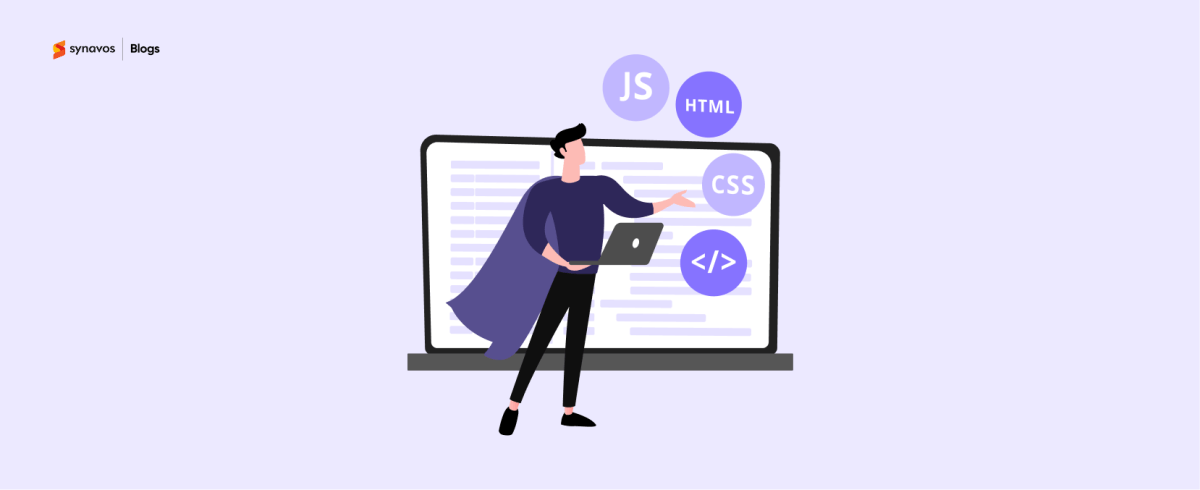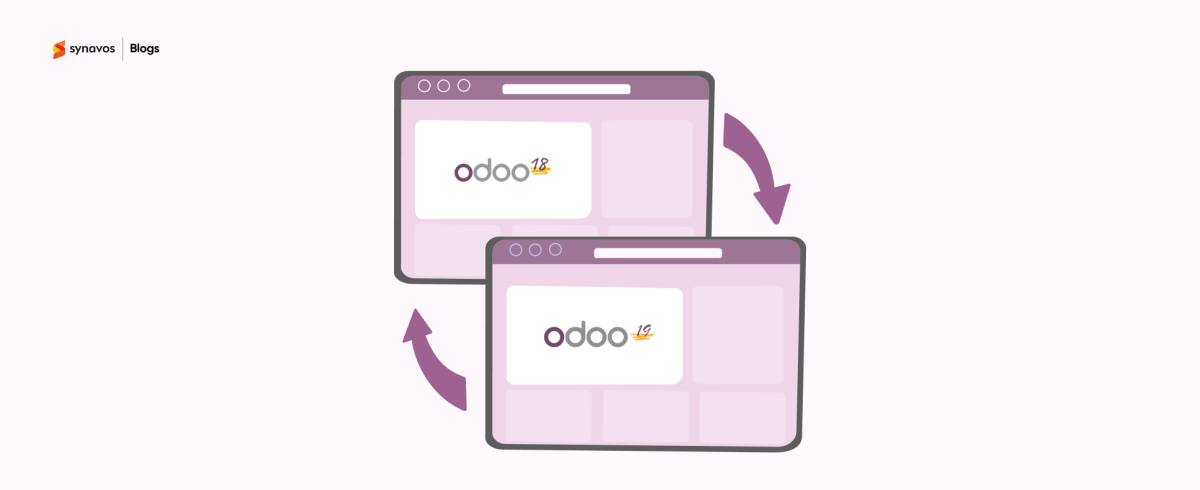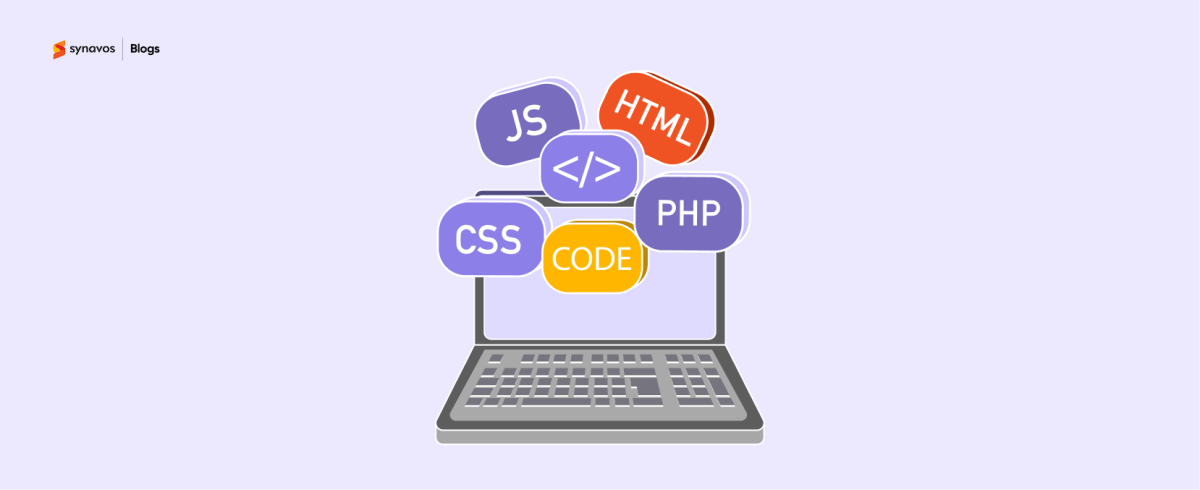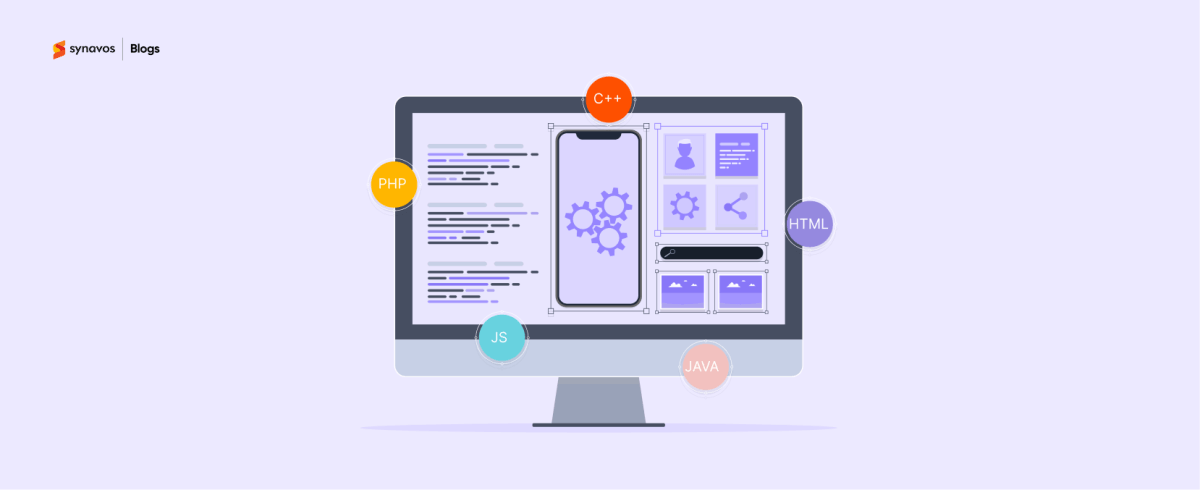Implementing SAP is a strategic move for companies seeking end-to-end control over operations, finance, logistics, and beyond. But the road to a successful SAP deployment is paved with complexities. Many organizations fall into common traps that result in delayed timelines, wasted budgets, poor user adoption, and, ultimately, underwhelming ROI.
This blog explores seven frequent SAP implementation mistakes and how businesses can avoid them to ensure a smoother and more successful rollout.
1. Inadequate Project Planning
The foundation of any ERP implementation lies in strong planning. Unfortunately, many companies rush into SAP projects without a clear roadmap. They often underestimate the time and resources required or fail to consider how SAP will align with larger business goals. This lack of foresight causes scope creep, cost overruns, and misaligned expectations across departments.
A successful SAP implementation requires much more than installing software: it needs a well-defined project structure, coordinated execution, and a clear understanding of organizational priorities. Teams must also consider internal bandwidth and external dependencies that could affect the timeline.
How to Avoid It:
- Define clear objectives, success metrics, and scope before kickoff.
- Develop a phased timeline with realistic milestones and buffer periods.
- Assemble a dedicated project team with decision-making authority and cross-department representation.
2. Ignoring Change Management
SAP transforms the way people work and that transformation can trigger resistance if not managed properly. One of the biggest reasons SAP implementations fail is the lack of a structured change management approach. Employees are often left confused, uninformed, or worse, untrained, which leads to poor system usage and frustration.
Change management is not just about training; it's about preparing teams for the shift in mindset, workflow, and responsibility. Without internal buy-in, even the best-configured SAP system won’t deliver its full value. Business processes might change overnight, but behavior doesn’t, unless it’s guided.
How to Avoid It:
- Begin internal communication early to explain the “why” behind the project.
- Identify change champions in each department to advocate and assist others.
- Provide ongoing training, support, and a feedback mechanism for users post-implementation.
3. Underestimating Data Migration Challenges
Data migration is often treated as an afterthought, but it’s one of the most critical components of an SAP project. Legacy systems often hold inconsistent, outdated, or duplicated data, and transferring this without cleansing can contaminate your new system. Errors in data migration can lead to operational bottlenecks, reporting inaccuracies, and compliance risks.
Successful SAP deployment hinges on clean, reliable, and structured data. The process is time-consuming and involves deep collaboration between IT and business units. Poor planning here can delay go-live and negatively impact post-implementation performance.
How to Avoid It:
- Conduct a comprehensive audit of legacy data to identify issues early.
- Assign clear data ownership across departments to manage validation and cleanup.
- Perform multiple test runs of the migration and validate results to ensure accuracy and completeness.
4. Over-Customization
Every business is unique but that doesn’t mean every process needs to be custom-built into SAP. Over-customization is one of the most expensive and risky mistakes businesses make. Trying to replicate outdated or overly specific processes in SAP can lead to bloated configurations, longer implementation times, and major upgrade challenges down the line.
SAP is built around global best practices, and its out-of-the-box functionalities are usually more than sufficient. Customizations should only be considered when they add measurable value or support a critical differentiator in your business model.
How to Avoid It:
- Adopt SAP standard workflows wherever possible to reduce complexity.
- Evaluate custom requests using a cost-benefit analysis and strategic relevance.
- Maintain clear documentation of any customizations to ensure they are supportable and upgradable.
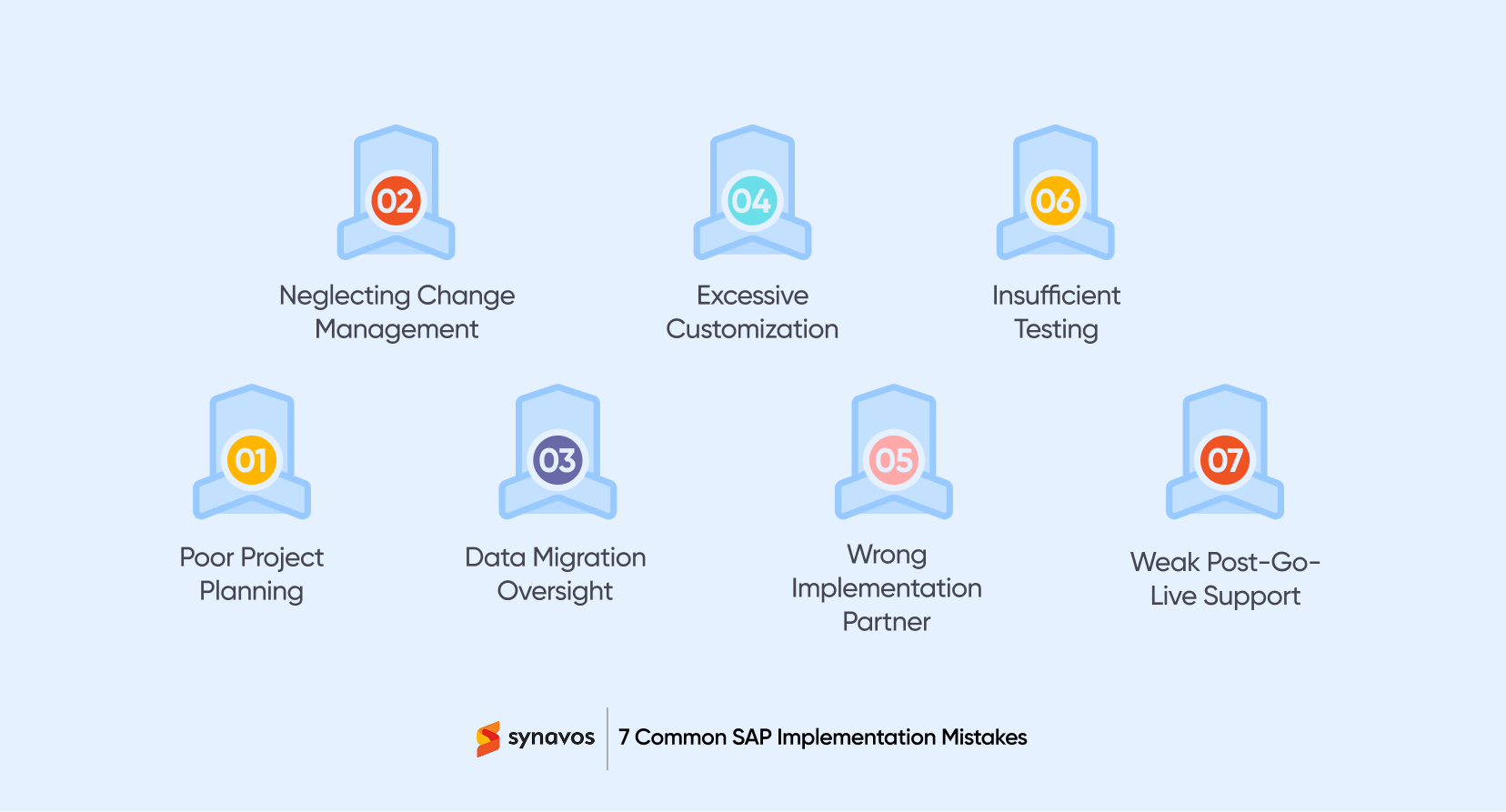
5. Choosing the Wrong Implementation Partner
Your SAP implementation partner plays a pivotal role in the success or failure of your SAP project. Choosing a partner without relevant implementation experience, sector knowledge, or a clear understanding of your business processes can lead to costly delays, technical missteps, and system underperformance. Many businesses make the mistake of choosing a partner based on price alone rather than capability and cultural fit.
A strong SAP partner doesn’t just configure software, they align the system with your business strategy. They understand your industry’s nuances, offer proactive guidance, and stay accountable from kickoff to go-live (and beyond).
How to Avoid It:
- Evaluate the partner’s industry-specific expertise and their ability to tailor SAP solutions to your business needs.
- Request client references, project case studies, and post-go-live support plans.
- Prioritize teams that take a consultative approach and work as true collaborators from planning to post-deployment.
6. Inadequate Testing Before Go-Live
Testing is not just a formality; it’s a vital checkpoint to ensure your SAP system functions as intended. Yet many organizations rush through or skip testing phases to meet aggressive deadlines. This shortcut leads to missed bugs, broken integrations, and process disruptions once the system is live.
Proper testing ensures that configurations align with business needs, integrations work seamlessly, and end-users know how to perform their tasks. Without it, businesses risk operational paralysis, financial inaccuracies, and reputational damage.
How to Avoid It:
- Plan multiple test phases: unit, integration, regression, and user acceptance (UAT).
- Involve real end-users during testing to validate usability and process alignment.
- Simulate real-life business scenarios to detect gaps and refine processes before go-live.
7. Lack of Post-Go-Live Support
Many organizations celebrate go-live as the finish line, but in reality, it’s just the beginning. A lack of structured post-go-live support can lead to unresolved issues, user frustration, and system underperformance. Early problems, if left unaddressed, can stall momentum and create negative sentiment around the system.
Ongoing support is essential to refine configurations, address user queries, and adapt to evolving business needs. A well-supported post-go-live phase leads to higher adoption, better optimization, and a quicker path to ROI.
How to Avoid It:
- Set up a dedicated support team to assist users in the weeks following go-live.
- Monitor system performance and track incidents for continuous improvement.
- Schedule post-implementation reviews to identify gaps and roll out incremental enhancements.
Final Thoughts
SAP implementations don’t fail because of the software; they fail due to avoidable missteps during planning, execution, and support. From poor data preparation to neglecting change management, these common mistakes can cost time, money, and morale. Avoiding them starts with awareness and choosing the right partners, strategies, and processes from the outset.
Need Help With Your SAP Implementation?
Whether you're planning your first SAP rollout or looking to optimize an existing deployment, the right guidance can make all the difference.
At Synavos, we bring deep SAP expertise, industry insight, and a proven track record of delivering implementations that stay on time, on budget, and on target. From planning and customization to training and post-go-live support, our experts are with you at every step to simplify complexity and deliver measurable results.
Have questions or need support with your SAP implementation? Contact us today!













